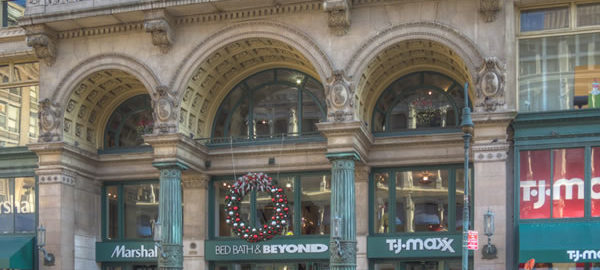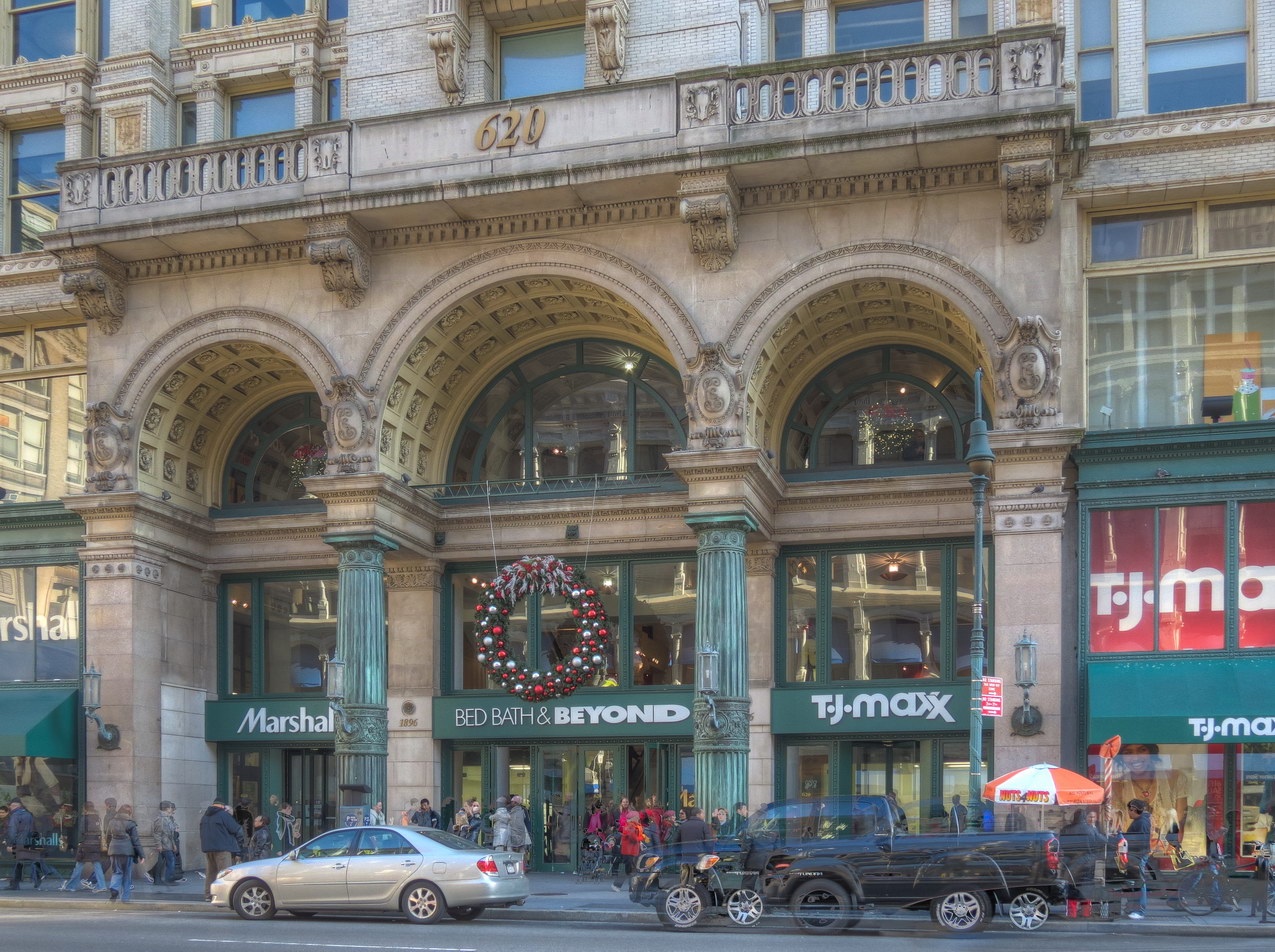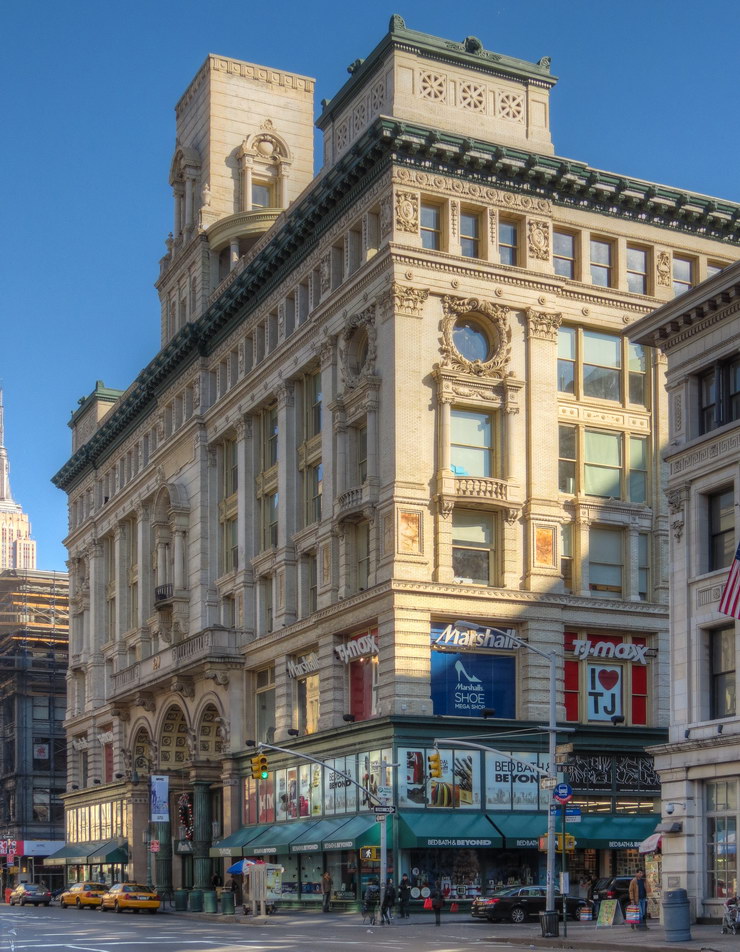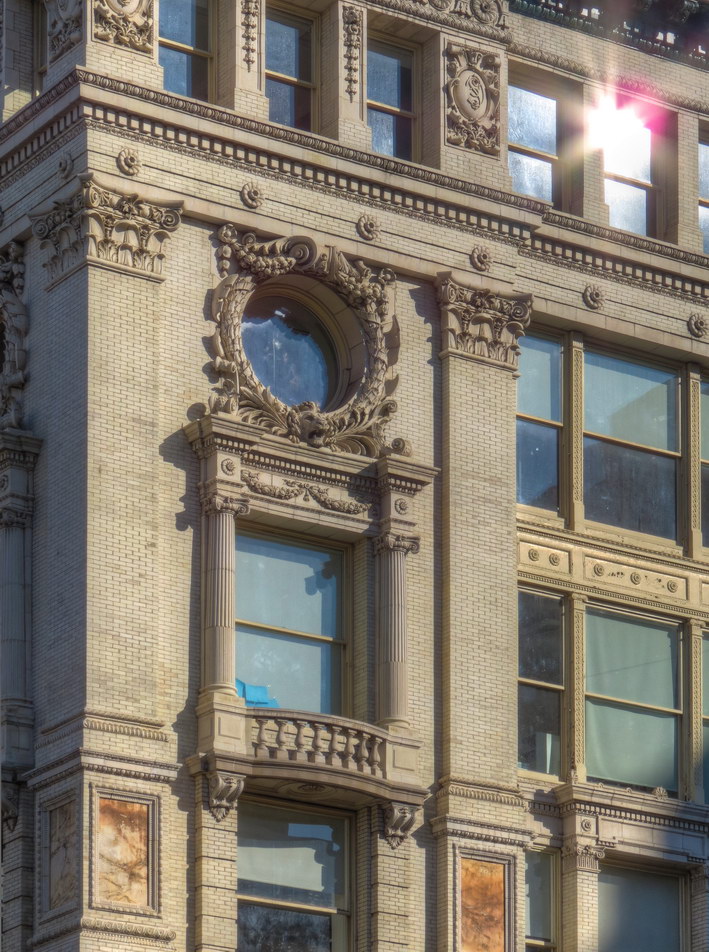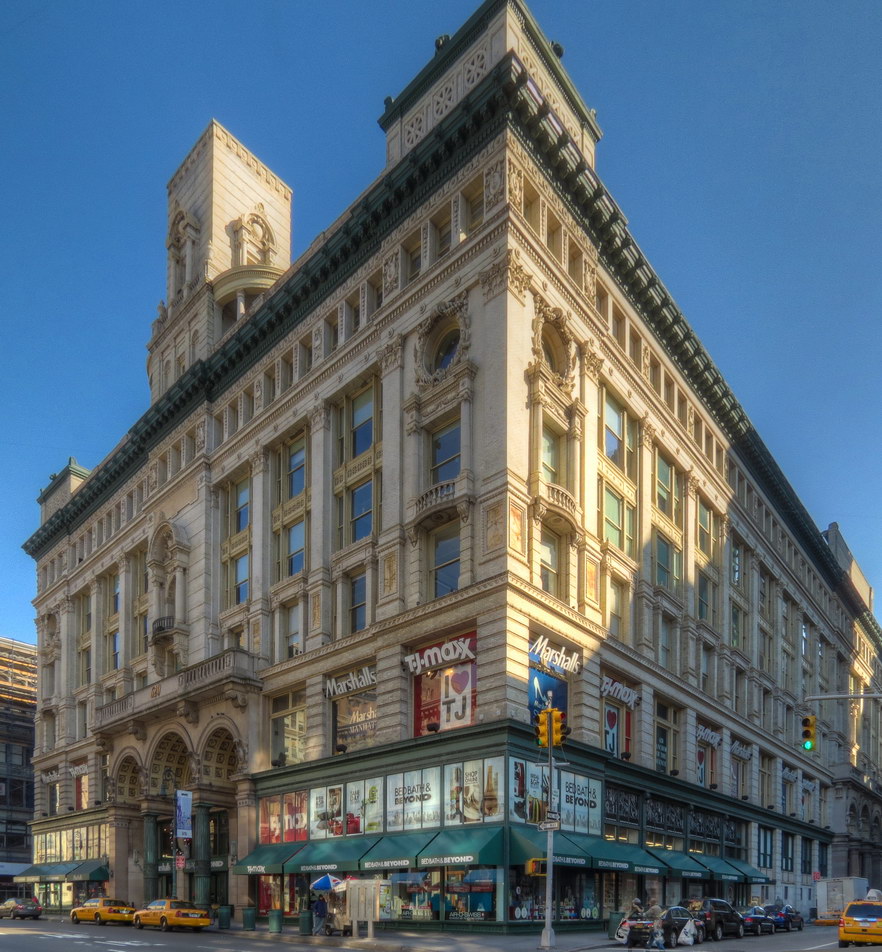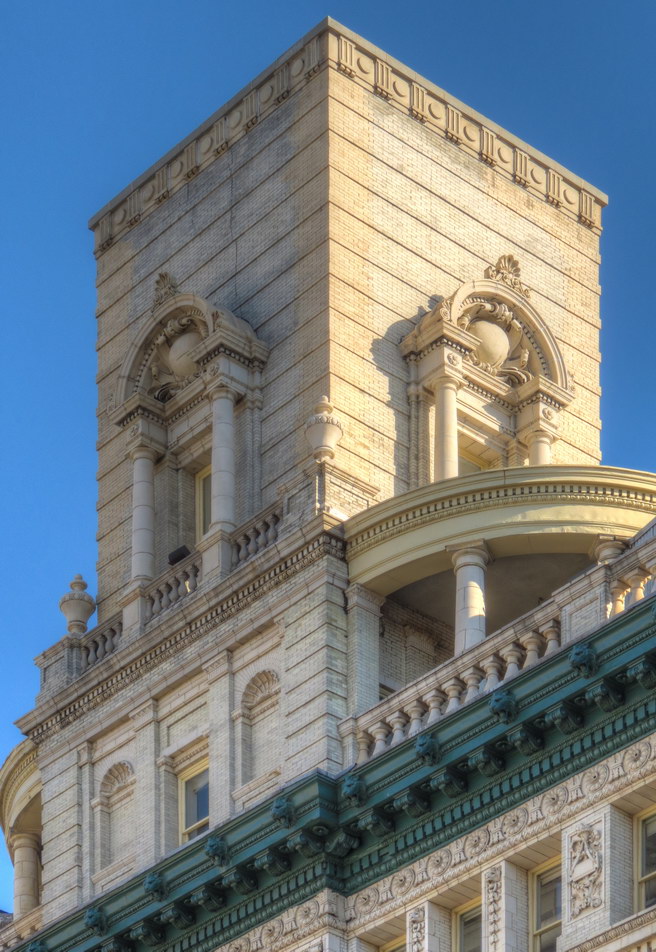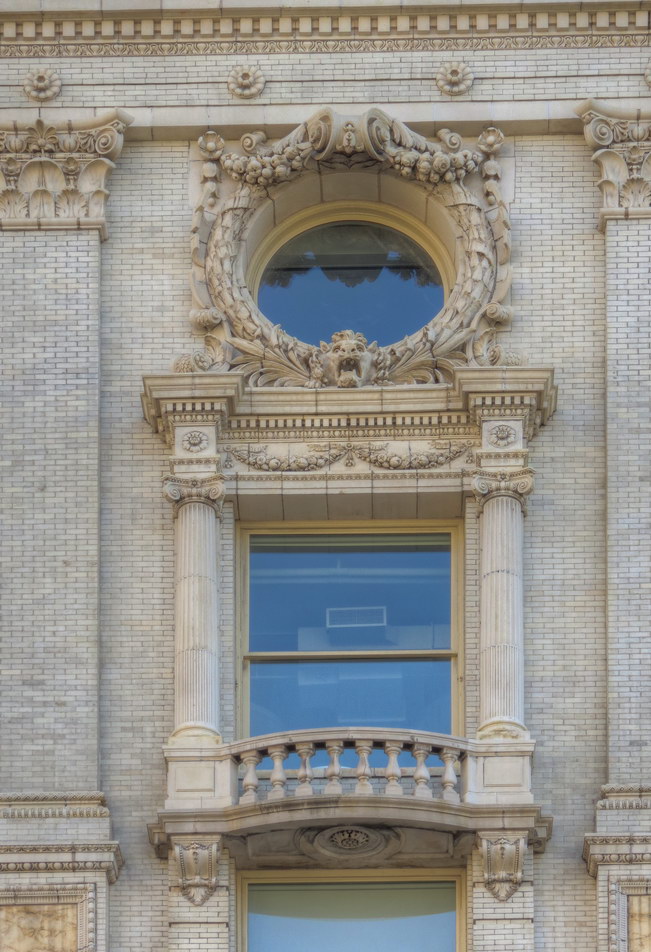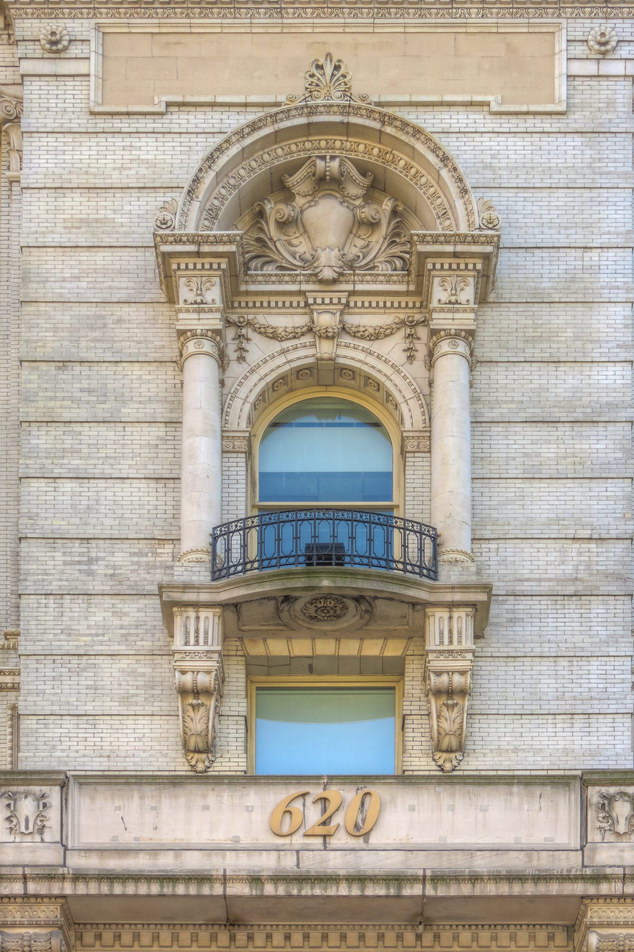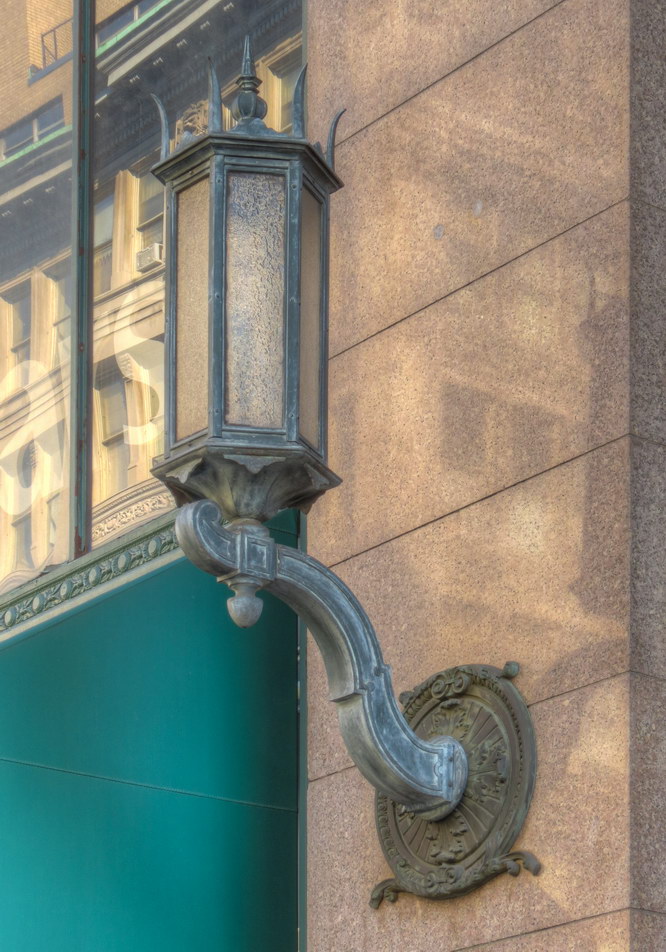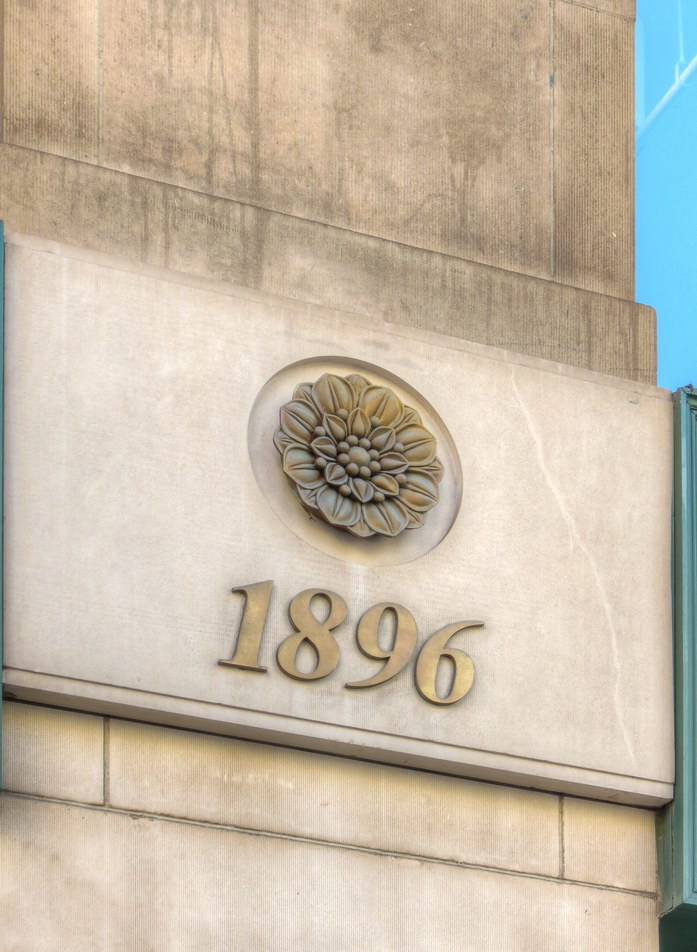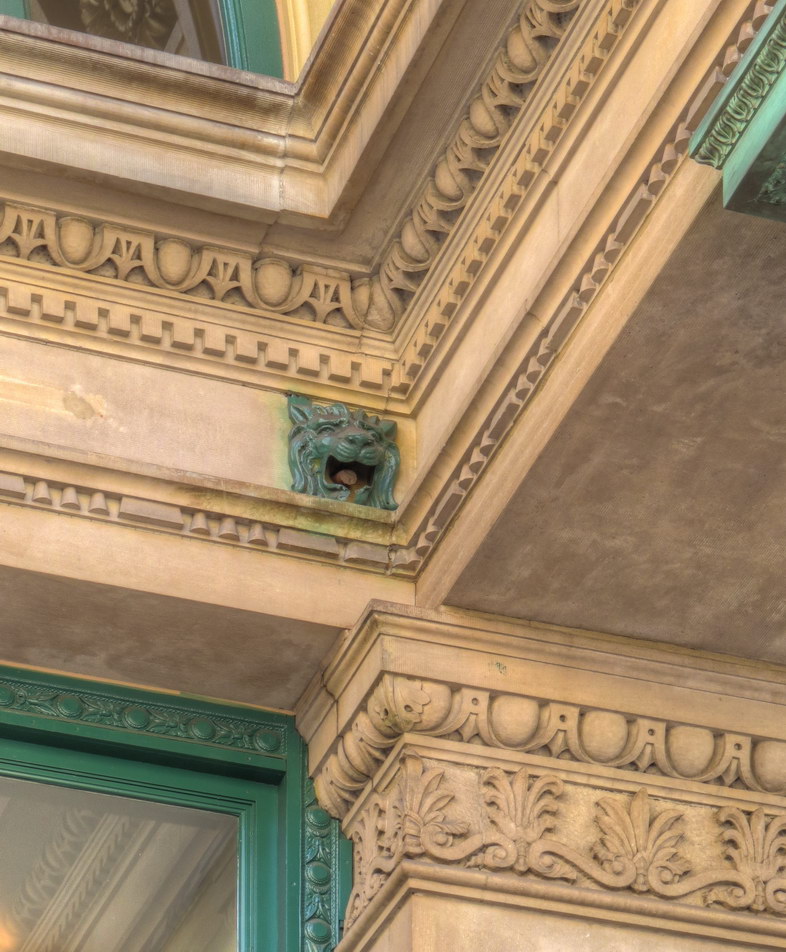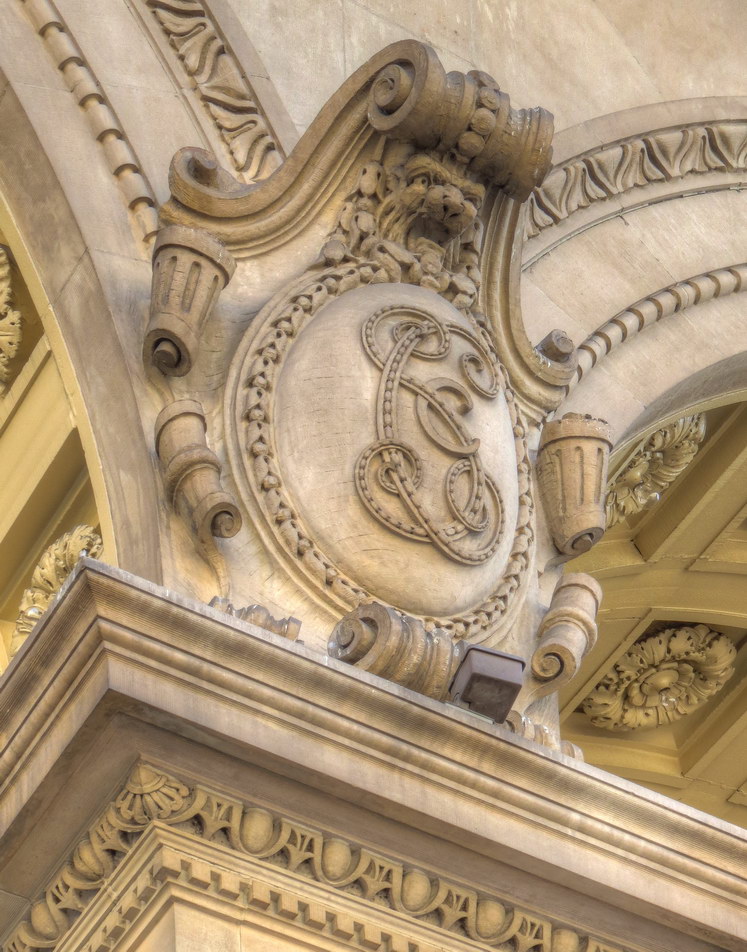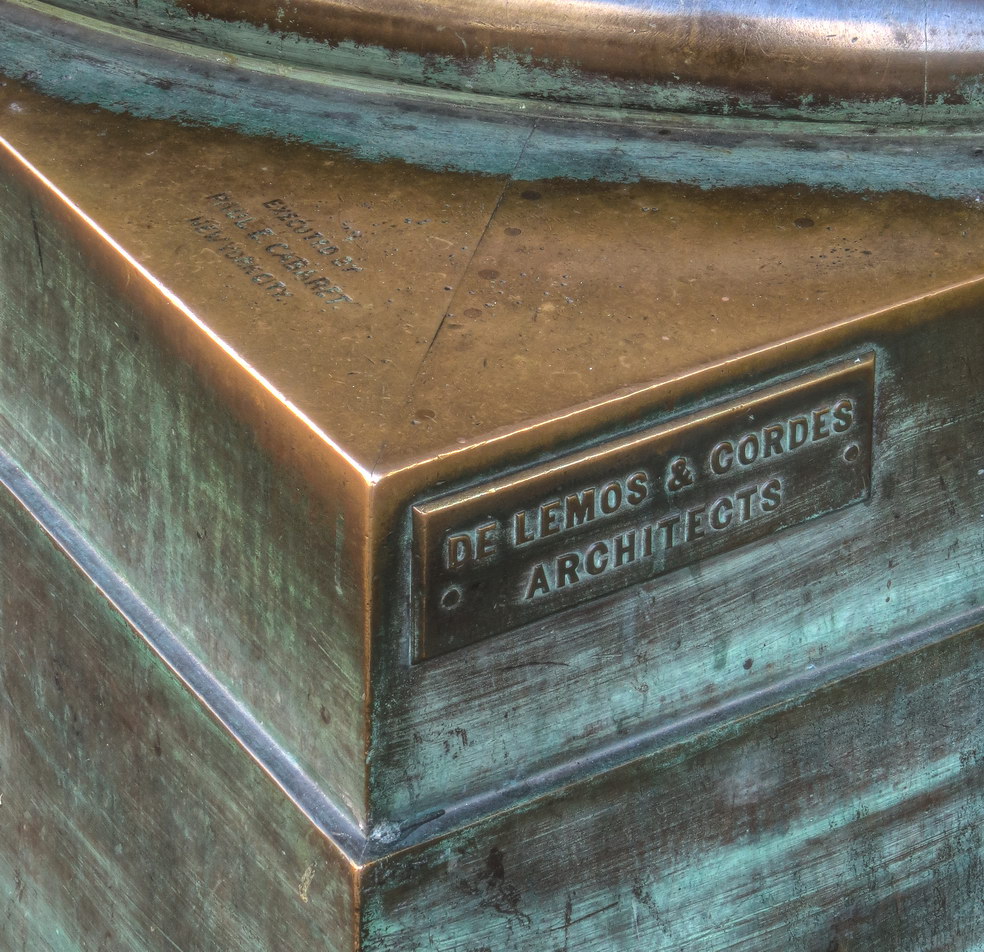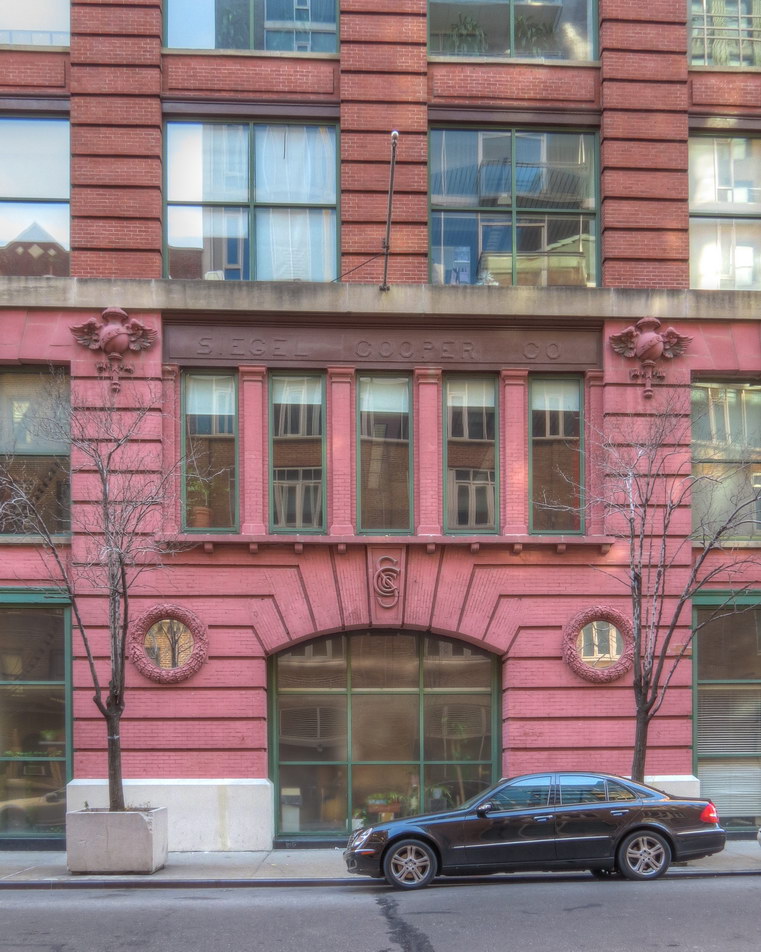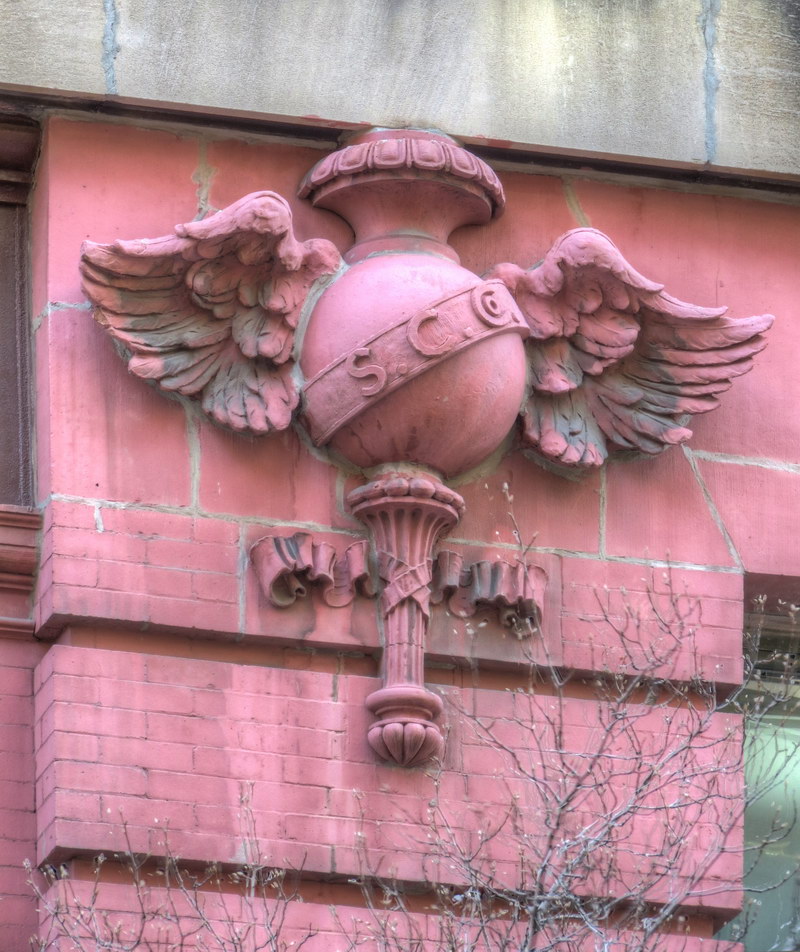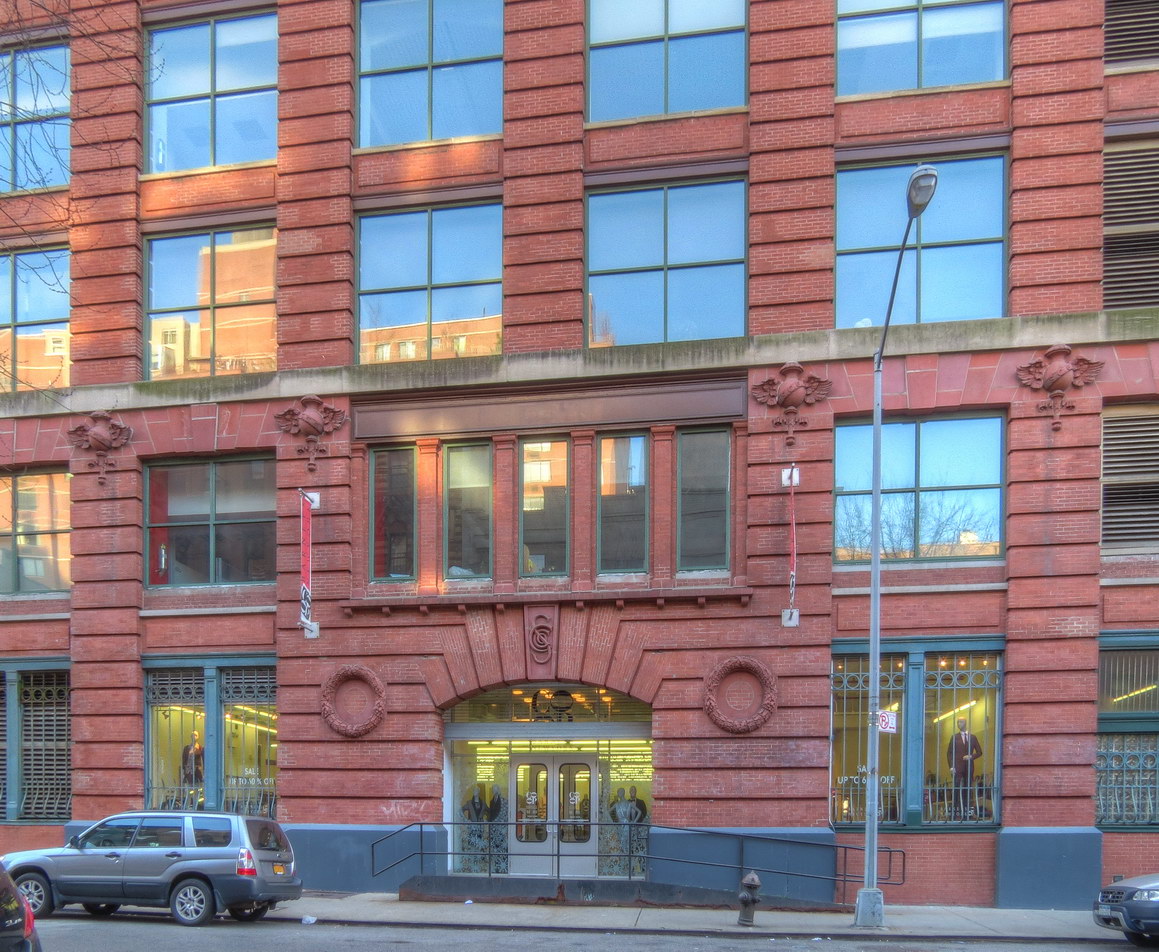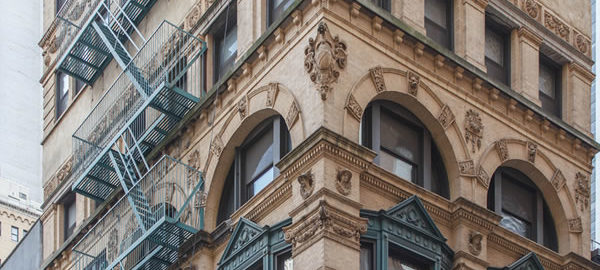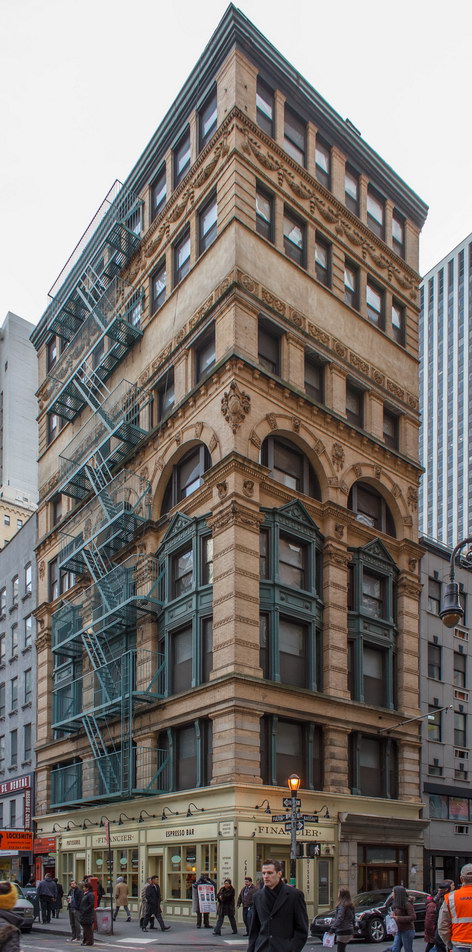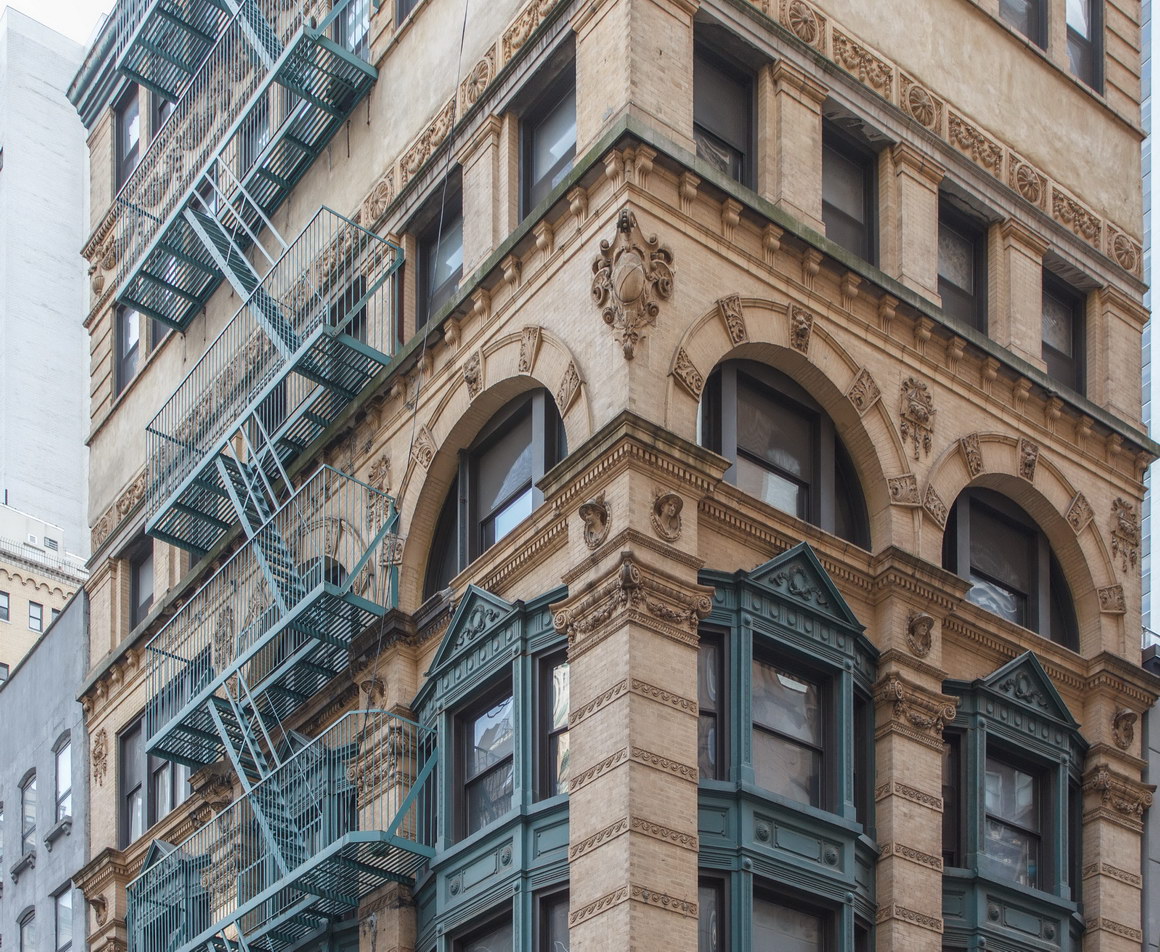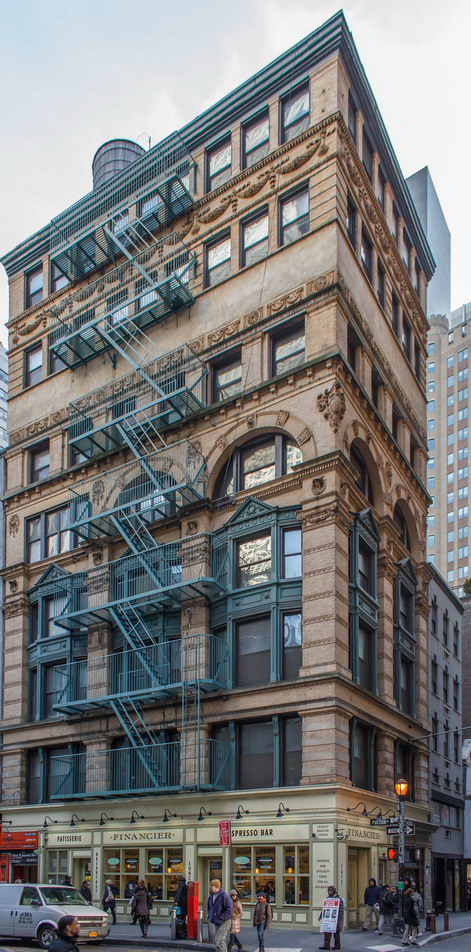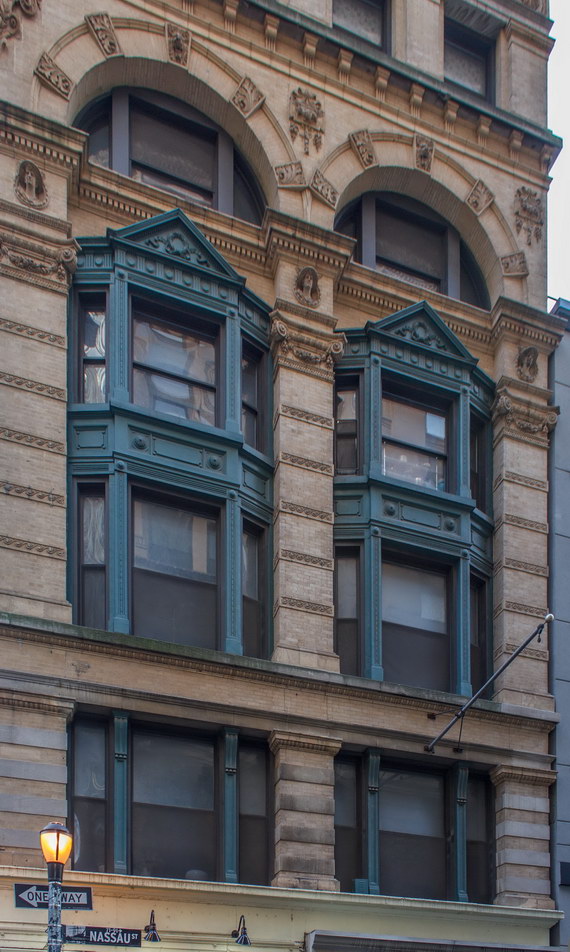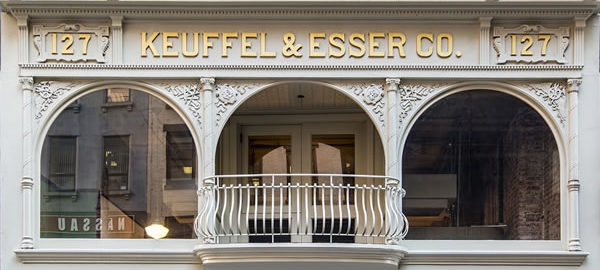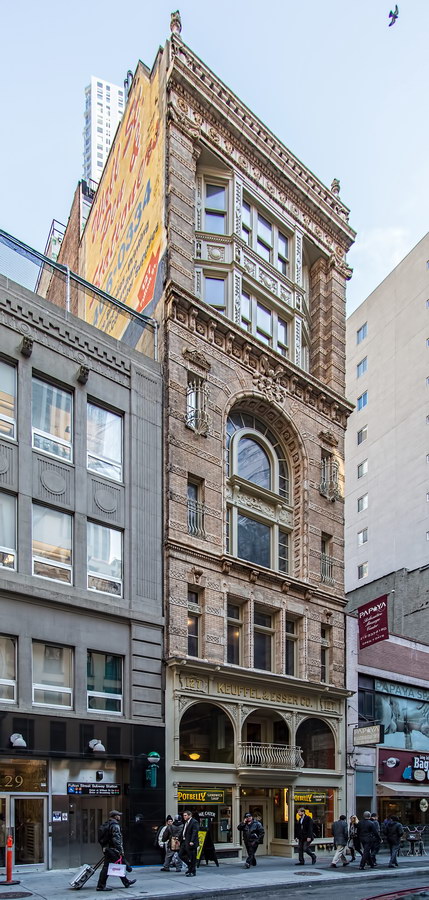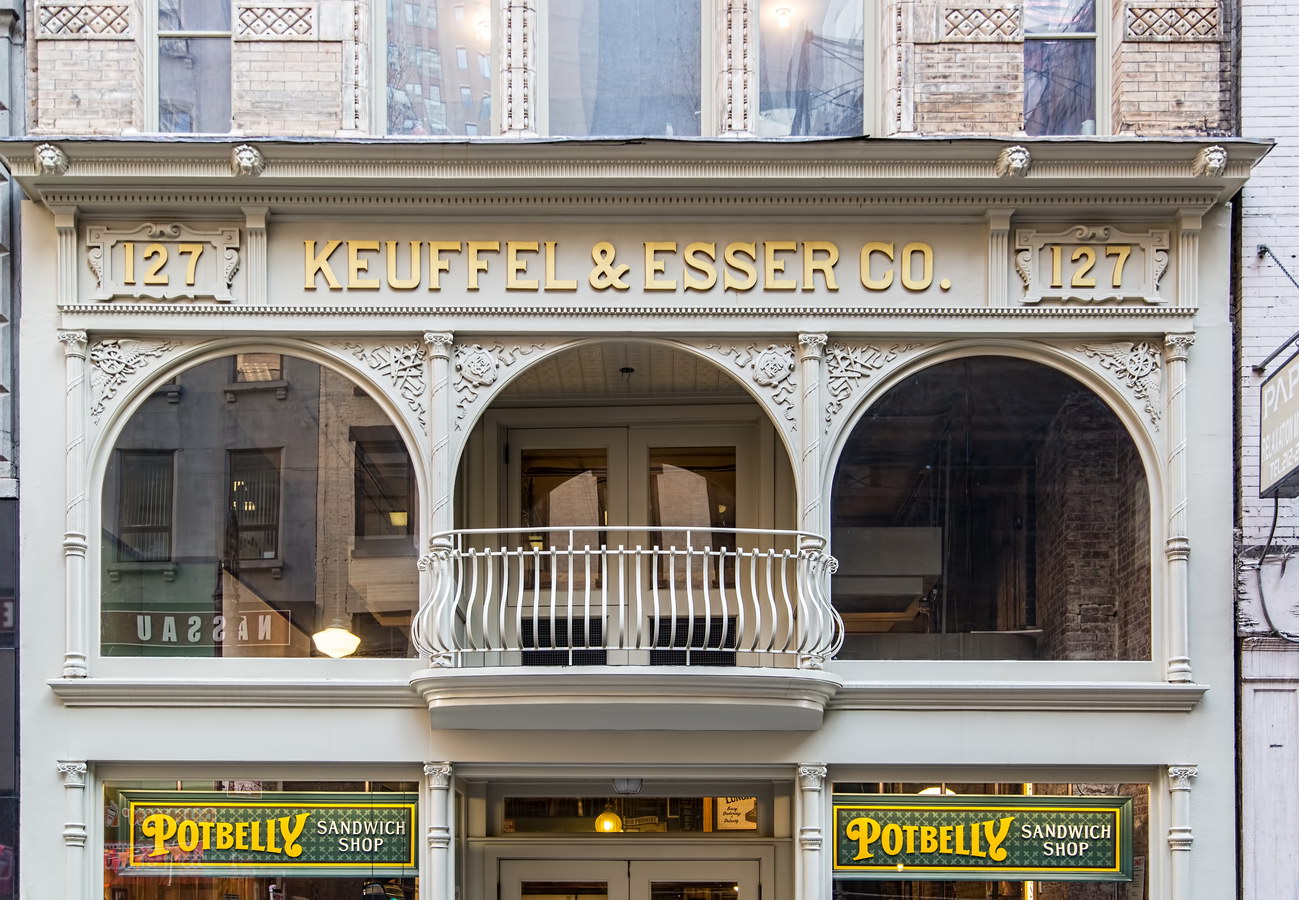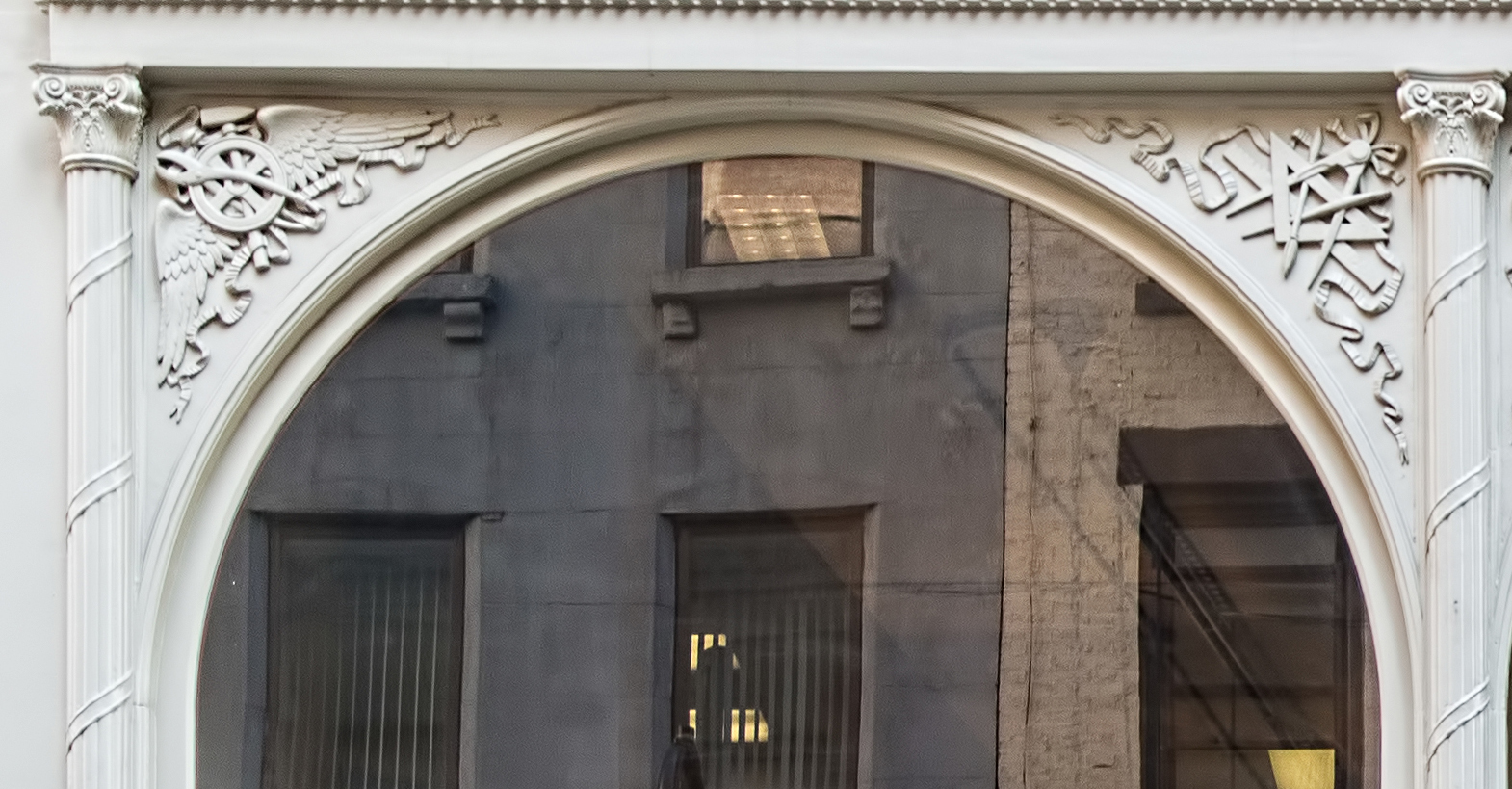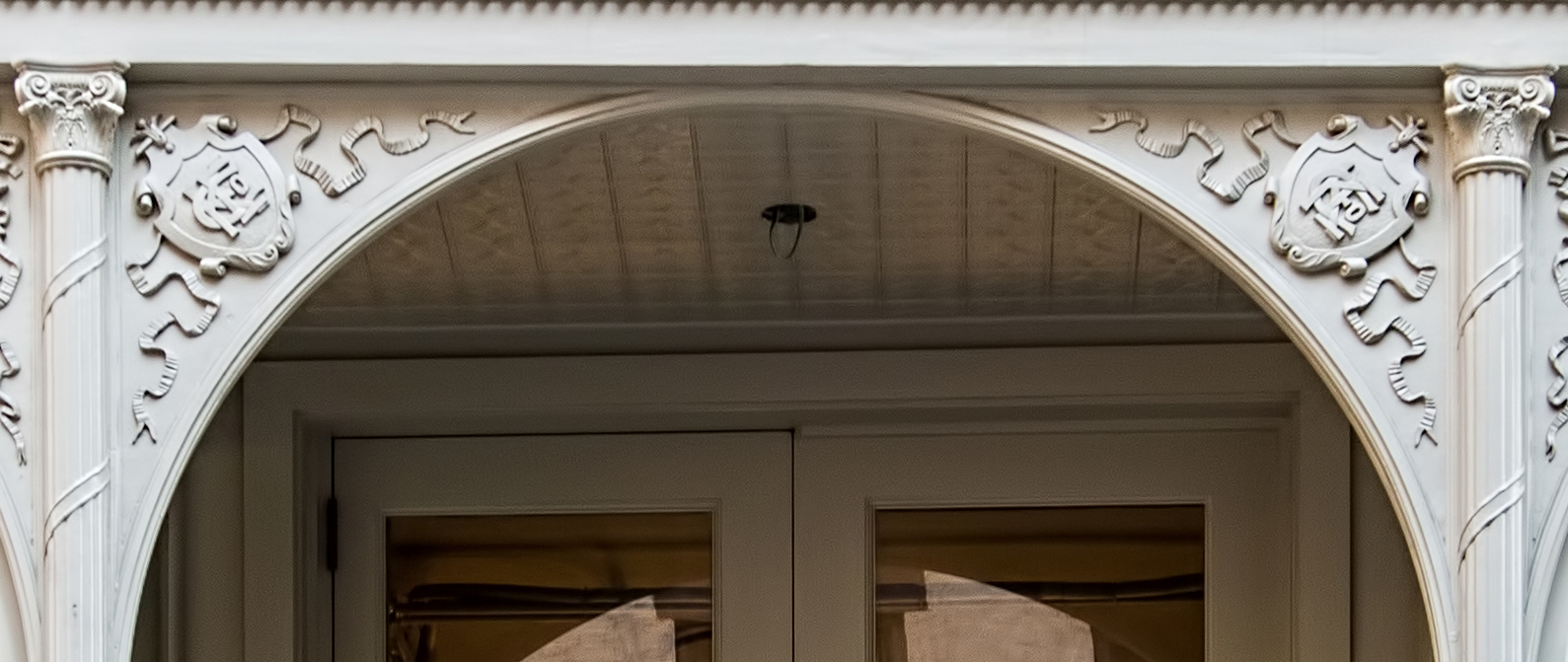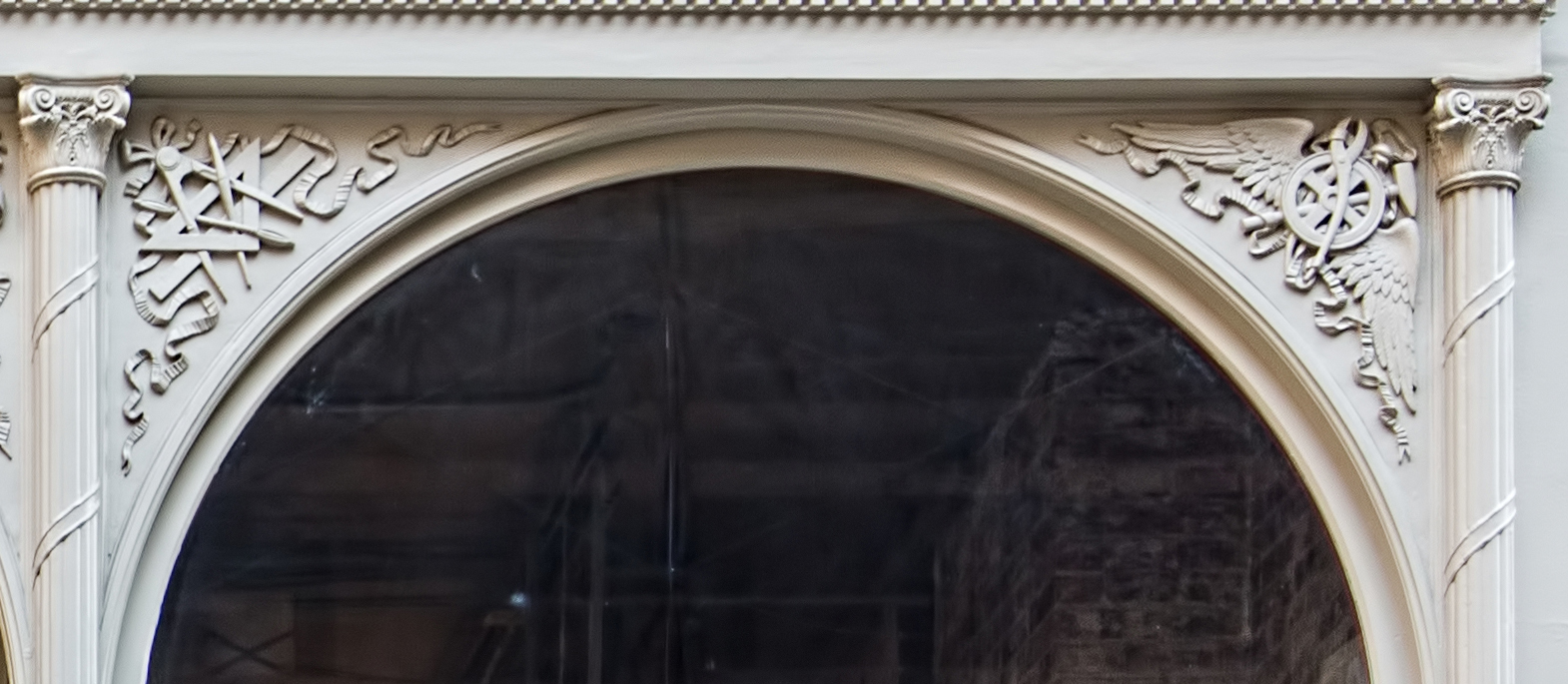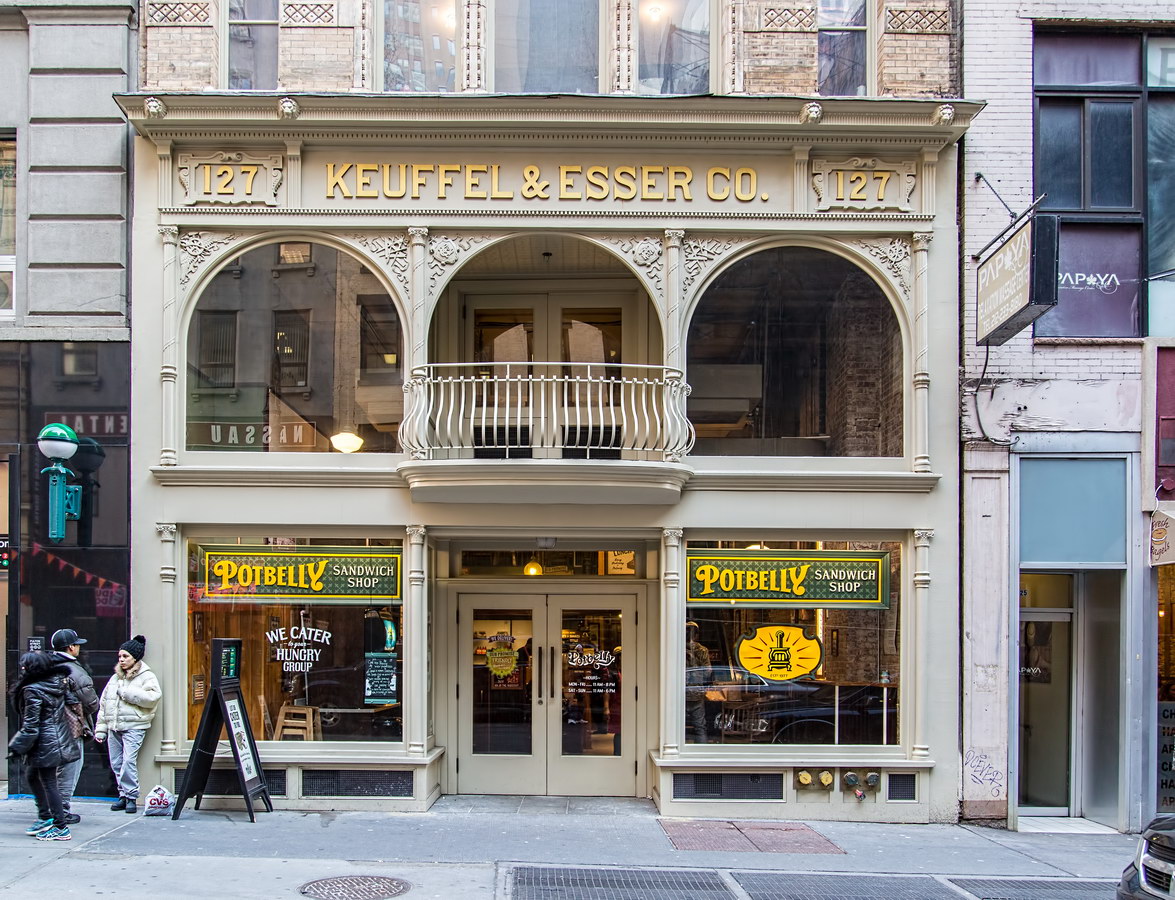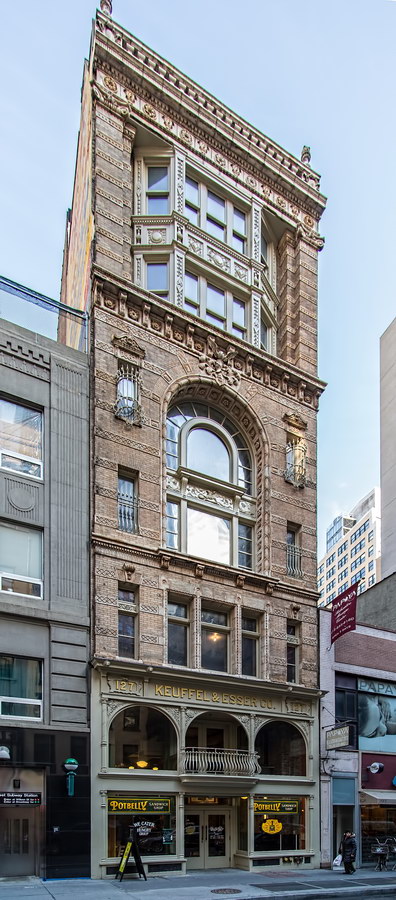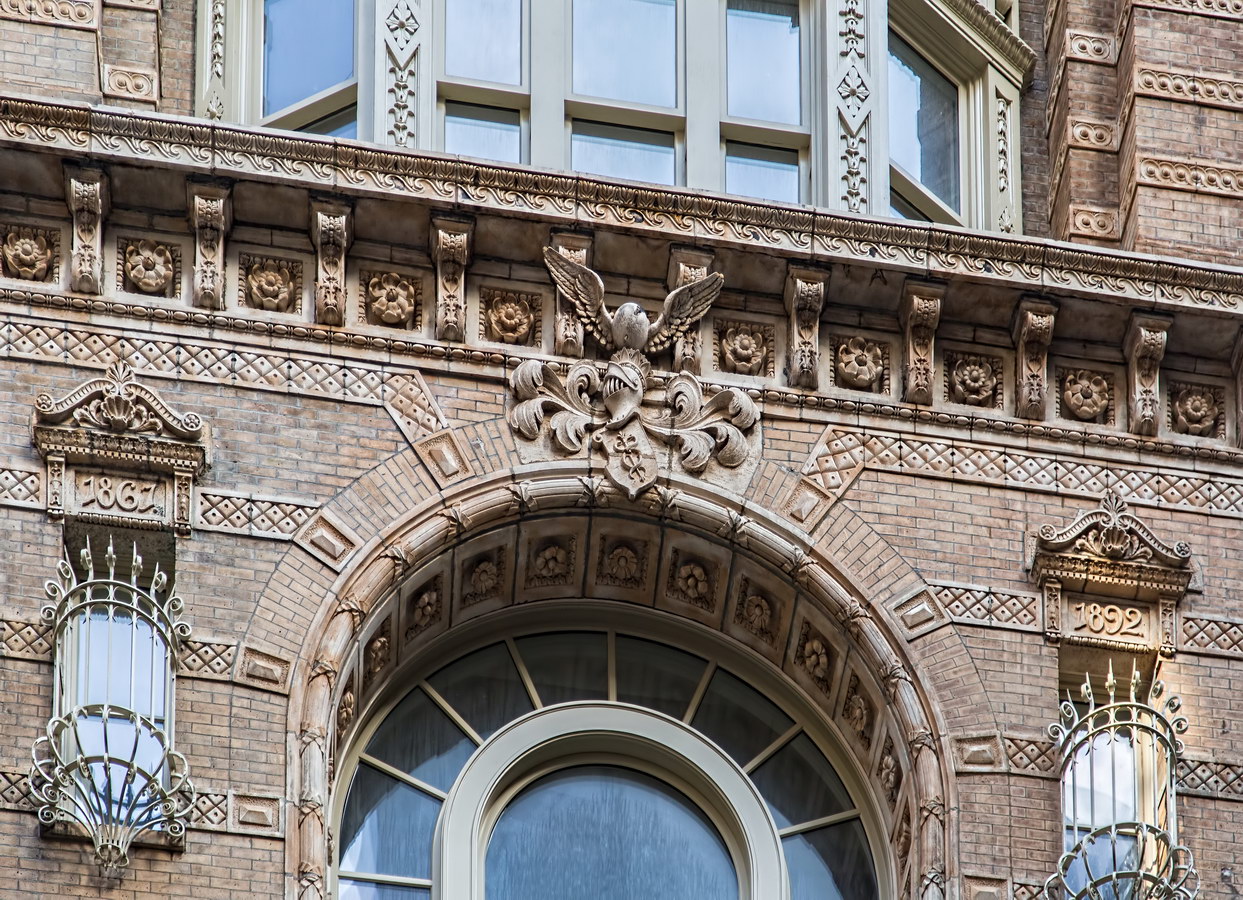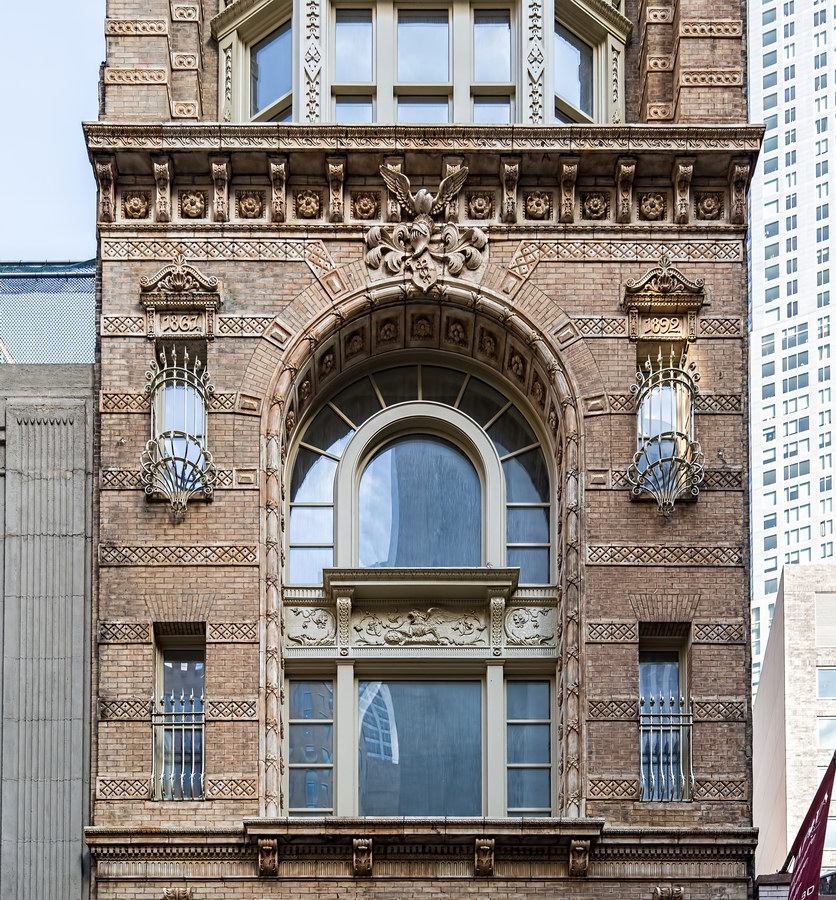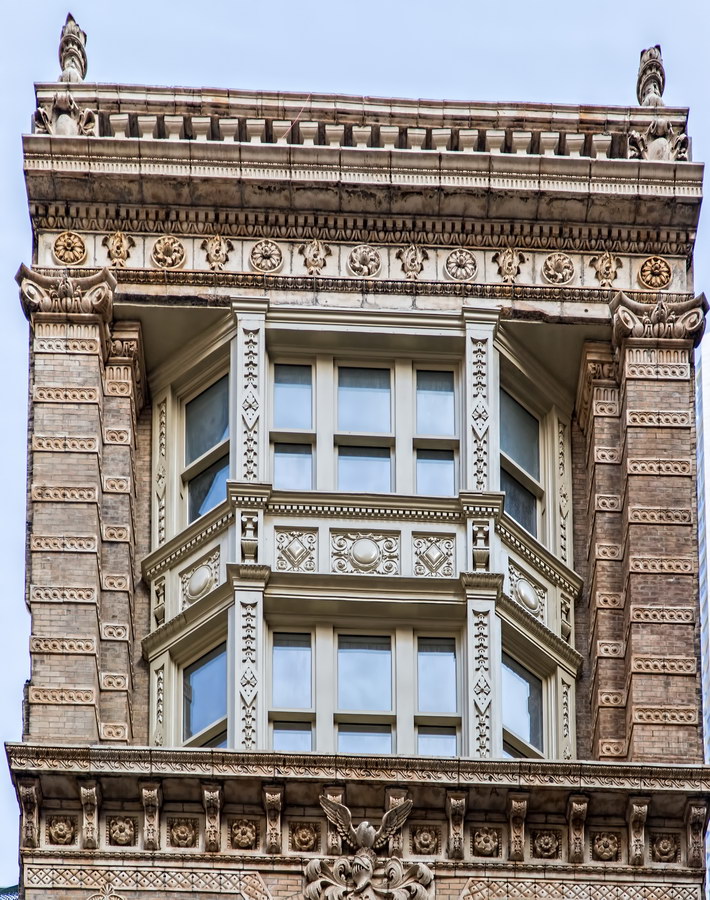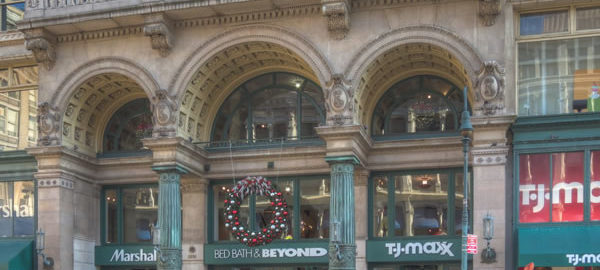The Siegel-Cooper Dry Goods Store, designed by DeLemos & Cordes (New York), was the world’s largest store when opened in September 1896. The Beaux Arts-style building on Sixth Avenue between 18th and 19th Streets had the other distinction of being the first steel-framed store in New York City. The same architect designed the Siegel-Cooper warehouse a few blocks away. (And in 1902 De Lemos & Cordes designed Macy’s Herald Square – which took over the “world’s largest” title with its expansion in 1924.*)
The current tenants at 620 Sixth Avenue are Bed Bath & Beyond, T.J. Maxx, and Marshalls.
The warehouse/wagon house is a block-through building with entrances on 17th and 18th Streets, between Seventh and Eighth Avenues. The 18th Street Side is currently used by Barneys New York.
Siegel-Cooper Building Vital Statistics
- Location: 616 Sixth Avenue between W 18th and W 19th Streets
- Year completed: 1897
- Architect: De Lemos & Cordes
- Floors: 6
- Style: Beaux Arts
Siegel-Cooper Warehouse Vital Statistics
- Location: 249 W 17th Street block-through to 236 W 18th Street between Seventh and Eight Avenues
- Year completed: 1902
- Architect: De Lemos & Cordes
- Floors: 6
Siegel-Cooper Buildings Suggested Reading
- Wikipedia entry
- NYC Landmarks Preservation Commission designation report (Ladies Mile Historic District, vol 1)(see page 330)
- NYC Landmarks Preservation Commission designation report (Ladies Mile Historic District, vol 2)
- Daytonian in Manhattan blog
*Korean chain Shinsegae took over the title in 2009 with a store in Busan.
